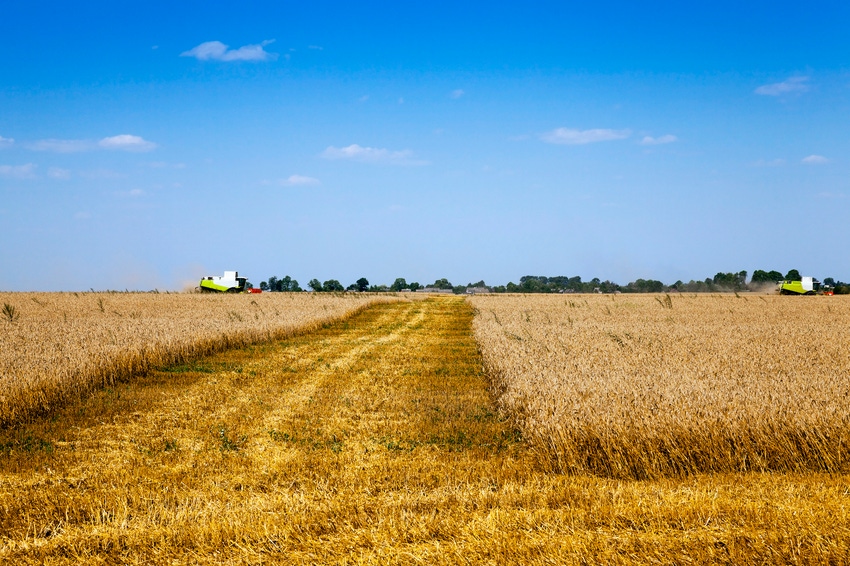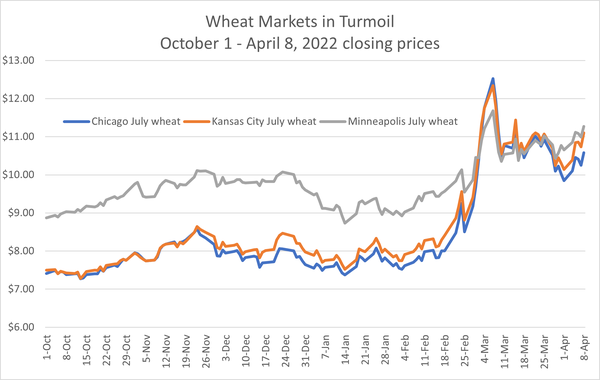
Bellwether (noun) definition: something that leads or indicates a trend. Example: “The wheat market is now a bellwether for the war in Ukraine.”
In several recent CSD columns I have suggested that the wheat market could take the lead and be the primary driver of all grain and oilseed markets. This is a bold suggestion for a crop that, since 1980, has lost nearly half of its planted acres to corn and soybeans. It’s a bold suggestion because, unlike corn, there has been no ethanol boom that has transformed the demand side of the market. And, unlike soybeans, there has been no booming demand source like China, or looming demand source like renewable diesel.
Nope. Wheat is just wheat, with demand driven by - but lagging behind - population growth. In year 2000, USDA estimated total U.S. food use of wheat at 950 million bushels. By 2020, the U.S. population had grown 18%, while wheat for food grew by 1%, to 960 million bushels. Demand growth may be slow, but wheat remains one of the two most important basic food crops in the world. It is of particular importance to poor wheat importing nations in North Africa.
Wheat is now the bellwether for the war in Ukraine. At the start of the conflict, wheat prices soared as serious questions developed as to the ability of Ukrainian producers to get a crop planted (and is “soar” a strong enough adjective to describe a Chicago wheat market where prices increased from about $8 to a high over $13.60/bu. in 8 trading days?). Serious questions about the Ukrainian crop remain, but the market was able to calm down with a stout show of strength by the Ukrainian army and people.
I don’t know how long this conflict will last but it has already put a spotlight on the food vs. fuel debate. The war in Ukraine reminds us of the importance of wheat as a food crop. Is this the best time to promote and grow renewable diesel?
How does a producer market grain during a war overseas? I suggest that you not try to guess the top with one or two large sales – old crop or new crop. Break your pricing decisions into many smaller decisions with the aim of a good average price.

About the Author(s)
You May Also Like






